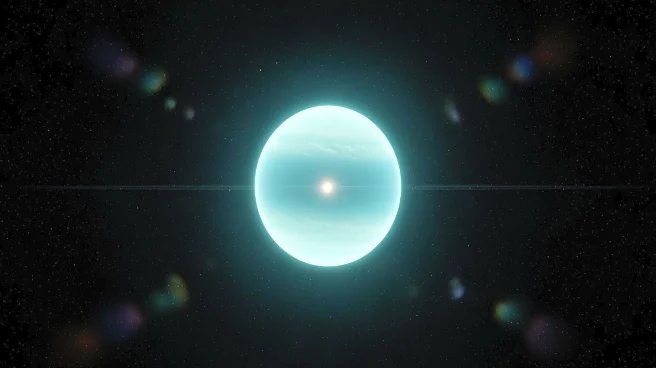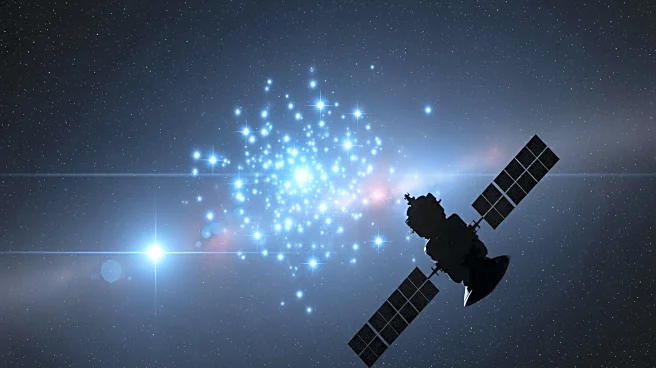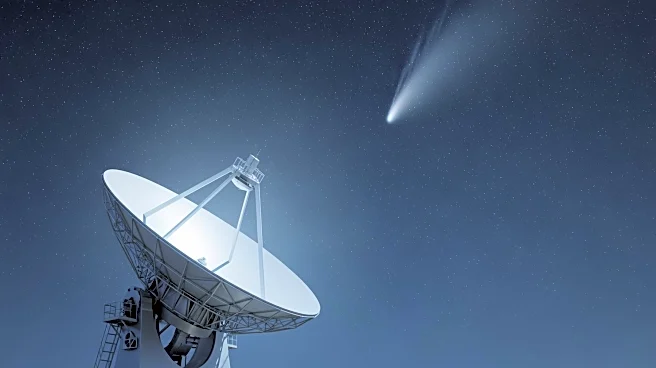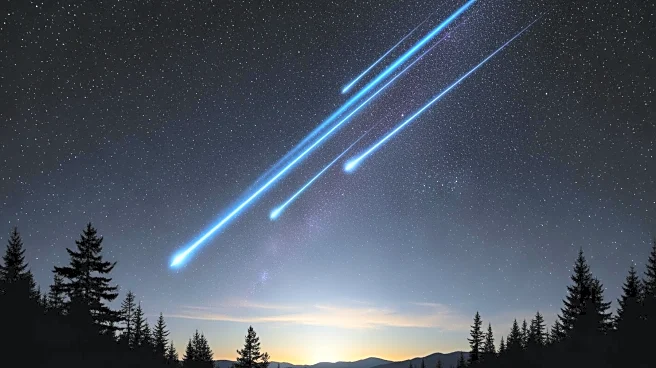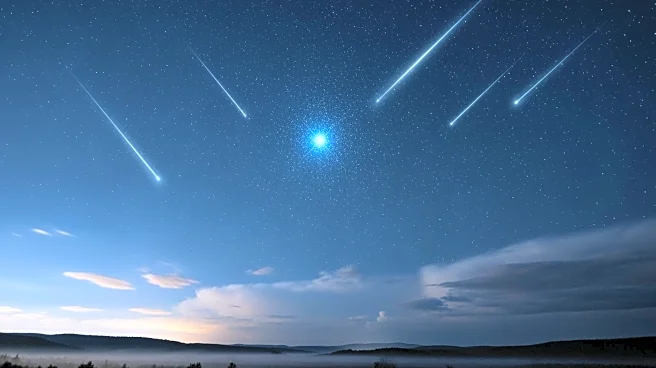What's Happening?
Uranus, the seventh planet in the solar system, reaches opposition on November 21, 2025, making it visible all night long. Positioned in the constellation Taurus, Uranus can be observed near the Pleiades star cluster. At opposition, planets rise at sunset
and set at sunrise, providing the best viewing conditions. Uranus, with a magnitude of 5.6, requires binoculars or a telescope for observation due to its faintness. Observers can locate Uranus by aiming approximately 4.3° south of the Pleiades, where it forms an east-west alignment with the stars 13 and 14 Tauri. Through telescopic observation, Uranus appears as a 4-arcsecond, circular disk with a grayish hue.
Why It's Important?
The opposition of Uranus presents a unique opportunity for astronomers and enthusiasts to observe the ice giant under optimal conditions. This event is significant for those interested in planetary observation, as Uranus is typically difficult to view due to its distance and faintness. The alignment with the Pleiades provides a convenient reference point for locating the planet. Such celestial events contribute to public interest in astronomy and can inspire educational activities and community events centered around stargazing. Observing Uranus at opposition can enhance understanding of planetary motion and the dynamics of the solar system.
What's Next?
Following the opposition, Uranus will continue to be visible in the night sky, though its visibility will gradually decrease as it moves away from the opposition point. Astronomers and sky watchers may plan further observations to study the planet's characteristics and behavior. Additionally, other celestial events, such as the transit of Callisto across Jupiter, offer additional opportunities for observation and study. The ongoing visibility of Uranus and other planetary phenomena can encourage continued engagement with astronomy and the exploration of the night sky.
